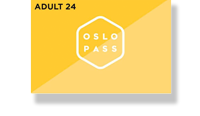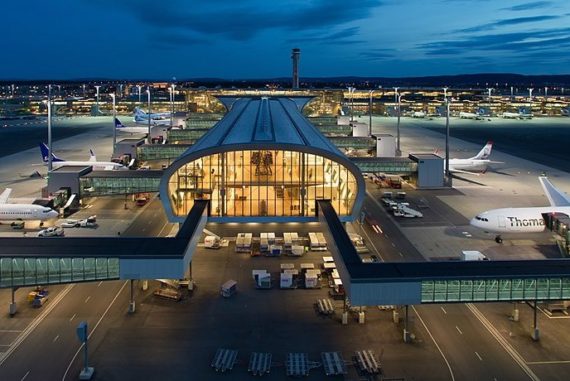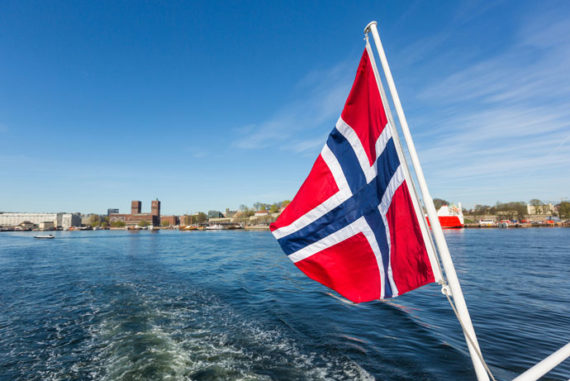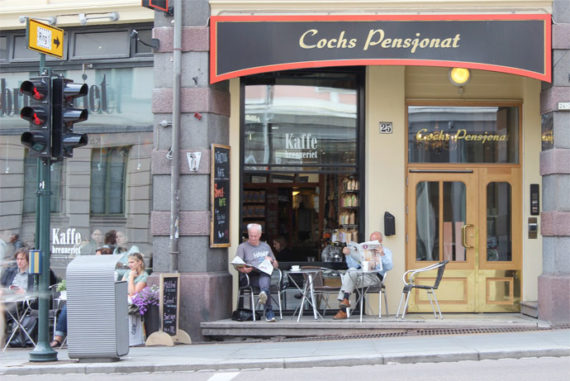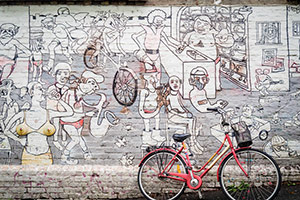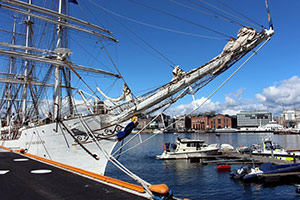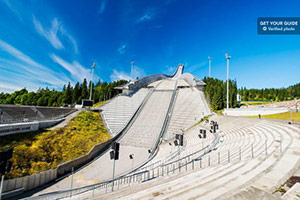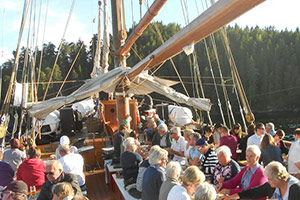
Oslo travel guide
Tucked between the waters of the Oslofjord and the wooded hills behind, Olso is a vibrant, easy-going city with an outdoorsy vibe and a cosmopolitan atmosphere. Norway’s largest city by far, it punches above its weight in terms of culture, cutting-edge architecture and a buzzy nightlife.
Oslo is also home to a lively microbrewery scene, and has plenty of excellent restaurants and cafés. Although generally eating out in Oslo can be a pricey affair, there are enough places where you can try the local cuisine without breaking the bank, if you know where to look.
And if you’re on a budget, a great way of getting to grips with the city’s shopping scene is to go bargain-hunting at its many markets. These include everything from flea markets, to antique and bric-a-brac stalls to food halls. The city centre is pretty compact and easy to walk around – and it’s here that you’ll find some of Oslo’s grandest buildings, including the cathedral and the parliament building.
Oslo is also home to some excellent museums, such as the National Gallery and the Wartime Resistance Museum, which gives a fascinating insight into the role of Norway’s citizens during the war. Just south of the centre along the waterfront, the regenerated harbour area, Aker Brygge is where you’ll find one of Oslo’s most impressive examples of contemporary architecture. Designed by Renzo Piano, the Astrup Fearnley Museum is worth visiting for the building alone, though the modern art on display inside is pretty good too. To the east of the centre, Gamle Oslo is the oldest part of town.
Oslo’s most edgy and multicultural district, it’s a great place for wandering and browsing the colourful sari shops and ethnic restaurants and greengrocers. However, most people come here for the city’s must-see attraction, the Munch Museum and its famous existentialist painting “The Scream”. North of the centre, Grünerløkka is one of the city’s trendiest regenerated districts, popular with students and anyone who enjoys browsing vintage and second-hand shops, stopping only for a break in one of the area’s many excellent coffee shops.
And if you’re yearning for some greenery, head west of the city centre to the leafy, affluent suburb of Frogner and the laid-back Vigelandsparken. Dotted with unusual and interesting sculptures by Gustav Vigeland, this large green space provides a welcome contrast to the gritty urban vibe of the eastern districts. Much of the city can be easily, and enjoyably, accessed on foot, though for the further afield districts you may prefer to rent a bike or hop on one of the efficient trams, buses or the metro. There is one not-to-be-missed district however, that you get to by ferry.
Home to no less than five museums, the leafy Bygdøy peninsula is an easy ten-minute boat trip from Aker Brygge, with great city views on the way. Aside from the open-air Norwegian Folk Museum, all the peninsula’s exhibits have a maritime theme, from the impressive Viking Ships museum to museums dedicated to the Kon-Tiki and Amundsen’s Polar expeditions.
And if fancy doing a bit more ferry-hopping or just chilling on the beach, you can explore one of the nearby Oslofjord islands. Hovedøya, a mere five-minute boat trip from Aker Brygge, is one of the prettiest. Outdoor sports lovers, of course, will want to head out to one of the nearby ski spots. And even non-skiiers will enjoy a trip to the freestanding state-of-the art Holmenkollen ski jump, which looks like it’s floating above the landscape. You can visit the museum below and admire the expansive views over the Oslofjord and the city from the top of the jump.

